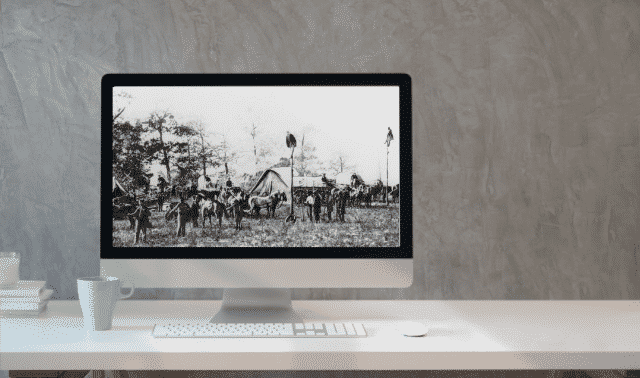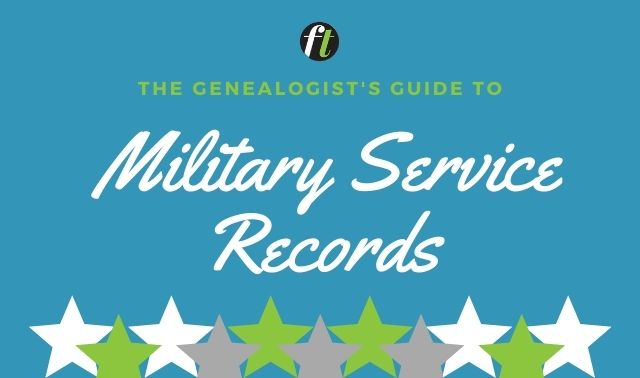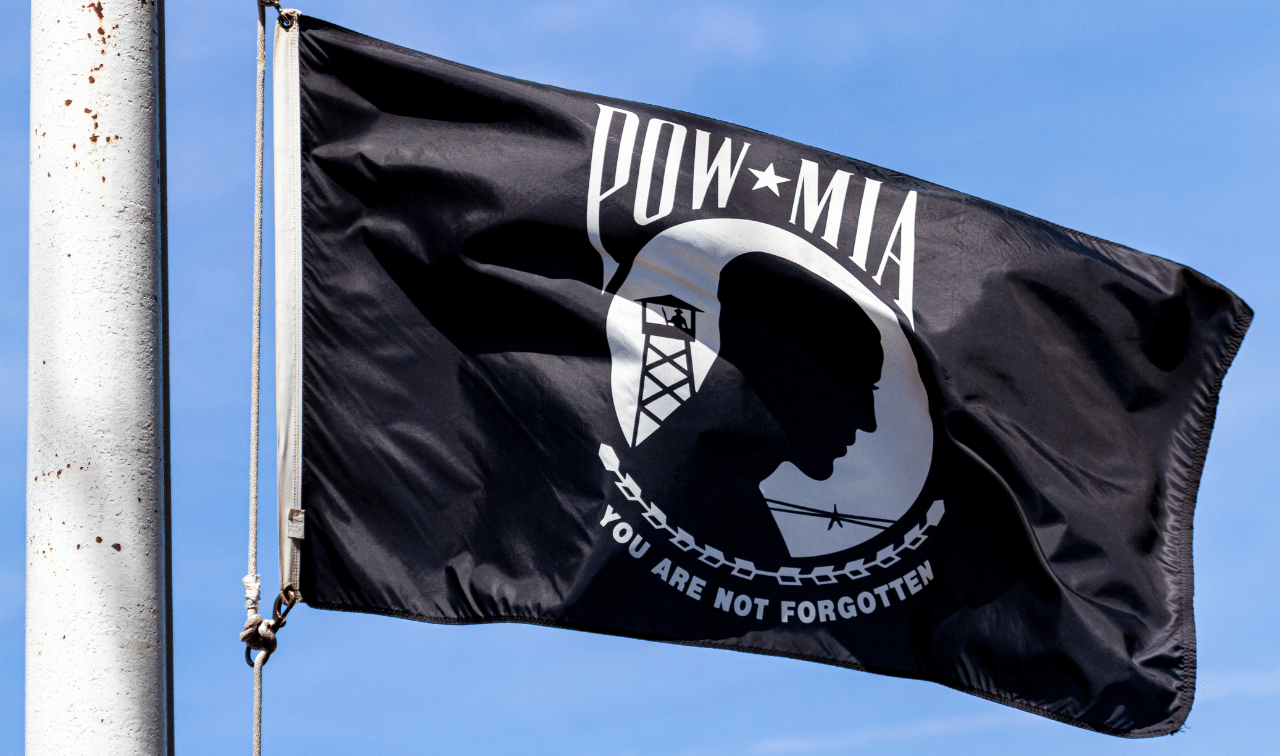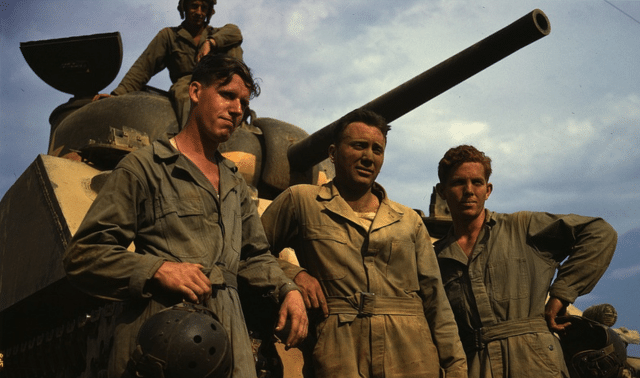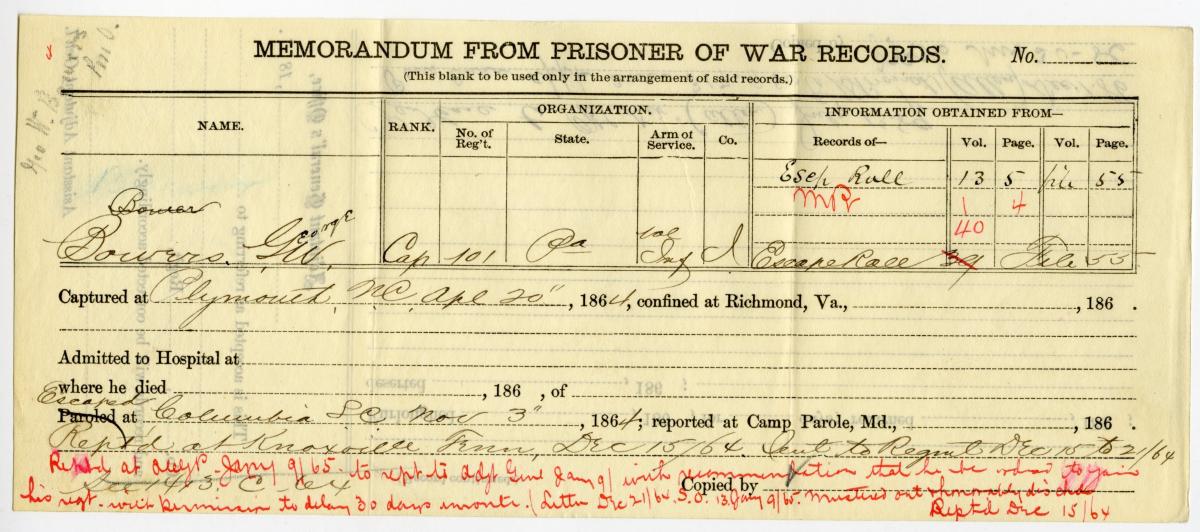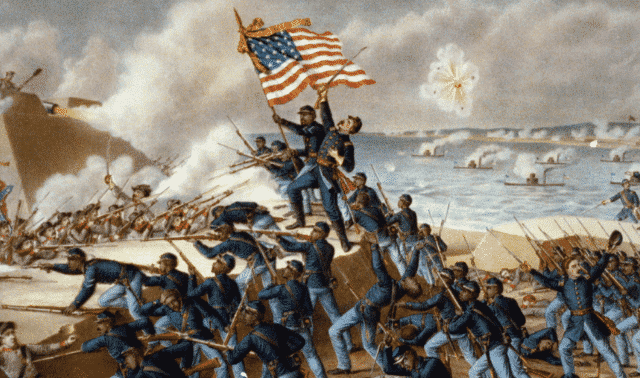Sign up for the Family Tree Newsletter! Plus, you’ll receive our 10 Essential Genealogy Research Forms PDF as a special thank you.
Get Your Free Genealogy Forms
"*" indicates required fields
If you have a Civil War veteran in your family tree, you can learn a lot about his military service from his muster cards.
During muster, all troops in a company were called together for inspection and roll call. At each muster, officers created a muster card for every soldier, listing his status at the time: present, absent, hospitalized, on medical furlough, or missing or killed in action. Soldiers were periodically paid at muster, which also was noted on the card.
In the Confederate army, each soldier’s muster card was placed in an envelope with all his muster documents. The envelope was labeled with the muster roll number, and the soldier’s rank at enlistment and at the end of his service. Any medical cards or personal papers inside were noted, as well.
Muster cards for my great-granduncle Solomon G. Morgan trace his service from his March 5, 1862, enlistment in Company I of the North Carolina Infantry 45th Regiment in Yanceyville, NC, to his death at Gettysburg, Pa., July 1, 1863. I learned he was promoted from private to second corporal at the end of 1862, to sergeant in January or February 1863, and to full sergeant March 24, 1863.
Muster rolls are part of Civil War compiled military service records, kept at the National Archives and Records Administration in Washington, DC. Click here for ordering information.
Subscription site Fold3 has digitized Civil War service records, as does the Civil War Soldiers & Sailors Database.

- Filing information includes the first letter of the surname, regiment number and the state where the unit originated.
- The soldier’s name appears on the top line. Beware of spelling variations when searching for records. This soldier was listed as S.G. Morgan on other muster cards.
- The soldier’s rank at the time of muster is listed, along with the complete name of the unit in which he was serving.
- The card indicates how long the muster period was. This example shows a two-month period between this muster and the previous one, which would’ve been in December 1862.
- The enlistment date and location often indicate the soldier’s usual place of residence. Start looking in the 1860 census for this person and his family. The 45th Regiment Artillery was organized at Camp Mangum, near Raleigh, NC, in April 1862, with men recruited from Rockingham, Caswell, Guilford and Forsyth counties.
- The enlistment period, in this case three years, is important because Confederate re-enlistment legislation, the Bounty and Furlough Act, promised every soldier who re-enlisted for three years or for the duration of the war a bounty of $50 and a 60-day furlough. The soldier could choose his arm of the service or join a new unit.
- Pay information appears on each muster card with the name of the officer the soldier reported to and the period of payment.
- State bounty and Confederate bounty amounts might be listed if the soldier re-enlisted under the terms of the Bounty and Furlough Act and received the bounty.
- The soldier was marked as being present or absent at the muster. Remarks were added to explain an absence. Furlough, wounding, hospitalization, capture by the enemy, absent without leave or killed in action are the most common notations.
A version of this article appeared in the July 2011 issue of Family Tree Magazine.


